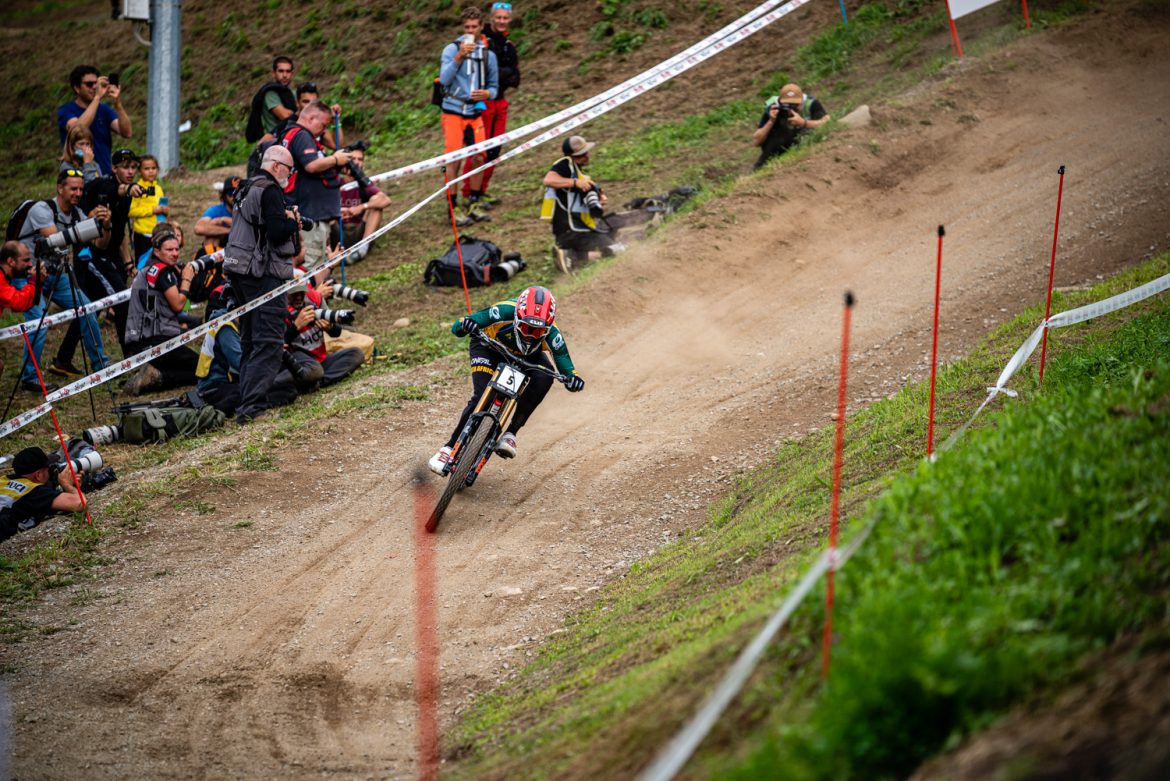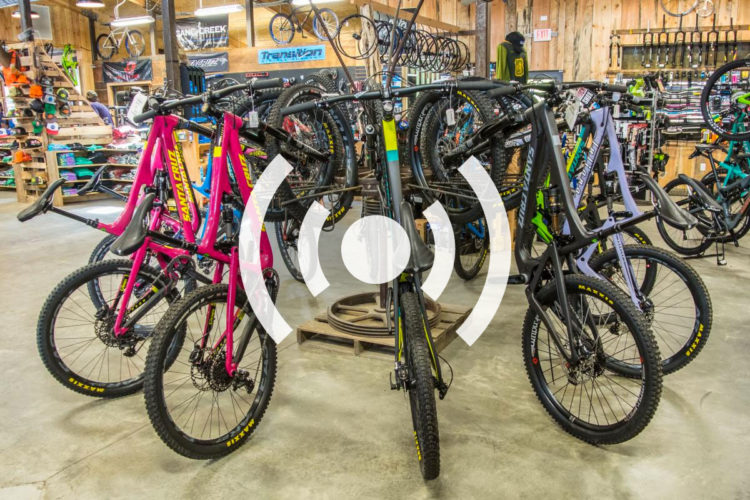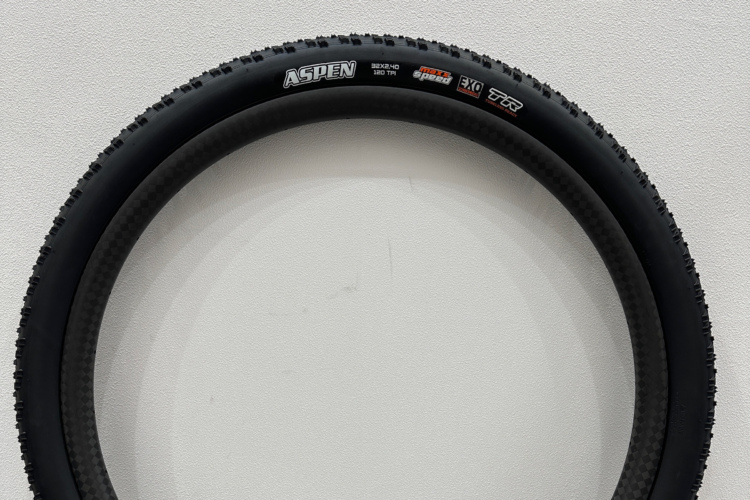
Children often look at the forest and see a solid blur of green, regarding the trees’ similarities rather than what’s special about their species. As we age and gain connection to the natural environment we might learn how each of those species knows its own form of magic and plays a vital role in an ecosystem. Our modern mountain bikes are a bit the converse of those uniquely powerful trees in that they may look different, but in large part, they function in notably similar ways and serve their pilots to similar ends. If all of these new mountain toys are so damn great, equally available, and all cost more than my car, how am I supposed to choose one? This is a common inquiry in the comments section below our bike reviews. One way to answer that question lies in a version of storytelling that some brands are quite skilled at: marketing.
While oft scoffed at as a pejorative, good marketing can tell consumers the true story of a brand, what they stand for, and why they create the way they do. If two bikes are virtually identical on paper, and the reviews all shine like polished shoes, we can look to the story of their creators to determine which one might best align. For example, if you care about financing, and folks doing what they can with what they have, you could look to brands that aren’t funded by massive investment firms or VC scrilla nor led by a board of non-cyclist directors. Alternatively, if you want to support companies that are at the forefront of innovation you may feel that the ones with the most capital to invest in R&D make sense for you. Another angle would be to look for gear manufacturers making products near you, or at least paying staff in your community to design your next toy. These higher-level “who makes the decisions and where does the money come from” questions could be an easy initial filter.
In the nuts and carbon fibers of it, considering which companies are taking on real risks and challenges rather than neatly pleasing the status quo may be a useful way to weigh options. If you’re mulling over two 170mm-travel bikes with similar high-pivot linkage, did one of them raise their pivot before it was fashionable? If the 150mm frames you’re excited about all use a dual-link design, was one recently released — with the design team choosing to forego the high-pivot trend for something they believe is better? Other factors that you may want to experience, like Super Boost hub spacing or longer reach numbers are also easy variables to lean on. Some brands keep it unique with features like a Knock Block, down tube storage, paint protection, or with slightly less-aggressive geometry like the 65° head tube on a Mondraker Superfoxy. The chapters of a frame’s narrative and how they’re written are entirely up to a marketing plan, no matter how large or small the brand may be. If a company only shares the hard numbers they’re letting us know what matters to them and what doesn’t.
Another question to tip the scale could be, “what do these brands do with my money apart from paying employees to make more stuff to make more money?” The people a company chooses to fill their office or race team roster can represent a meaningful display of their values. For those who value diversity, seeing how the brand’s staff and ambassador rosters line up with their DEI statement may help with the decision. Along those lines, buyers might also consider whether the people in a brand’s ads represent them and the folks they want to welcome to the trail, and what mountain biking means to them as riders. Taking a look at a the makeup of a brand’s race team — young, old, or grassroots, and if there are women being sponsored — can influence a purchase decision. Athlete stories and workforce diversity may not seem like the most direct connection to your experience in the forest, but if you’re choosing between a few similar bikes those variables may be worth considering. After all, you’re not just buying gear, you’re also choosing to support all of the people associated with it.
Saved for last because it’s obvious, you could select your new bike on looks alone. We all know the marketing department’s involvement here. It’s cool not to care how you look on the trail, but if we’re honest most of us care a whole lot. Have you ever noticed the way some folks who “don’t care about looks” tend to dress similarly and keep their gear in a similar state? Maybe they also care somewhat, even if they feel otherwise. In a small company poll, 100% of the Singletracks staff admitted to purchasing components and even complete bikes based on looks and colorways. All things being equal, it can make sense to go for the bike that makes you want to go ride any time you get a glimpse of it in the garage.
There’s infinite richness in the human choices that make up a marketing story, and every piece that’s presented to the public is a conscious choice — including most “spy shots.” Which parts of that narrative matter to you when you’re teeter-tottering between bikes?






















10 Comments
Mar 3, 2022
Mar 3, 2022
Mar 4, 2022
Mar 4, 2022
What does vary somewhat between brands is fit. Stack+Reach, chainstay length, headtube angle, fork trail, and suspension kinematics/travel matter. Fit and function should always be the main concern when buying a bike.
What also matters is warranty coverage. When you crack a frame, how good is the warranty coverage?!
What matters the most? The businesses that are most likely to have a story that will resonate with you is your local bike shop. If your local shop supports community events, bike access (off AND on road) and local riders, go there!!!! Keep your money in your community.
Mar 4, 2022
I bought a direct-to-consumer bike two years ago and had to send it back for a warranty repair. A big pain, but they paid shipping. I bought another bike from my LBS last year. They repaired the bike under warranty as well. Warranties seem good from my experience.
Mar 3, 2022
Mar 3, 2022
Marketing tends to be a bad word among mountain bikers but it doesn't have to be. One of the '4Ps of marketing' is product after all, so even considering specs is a part of that. And yeah, I've definitely made bike purchases based on the frame color.
Mar 3, 2022
Mar 4, 2022
Mar 4, 2022